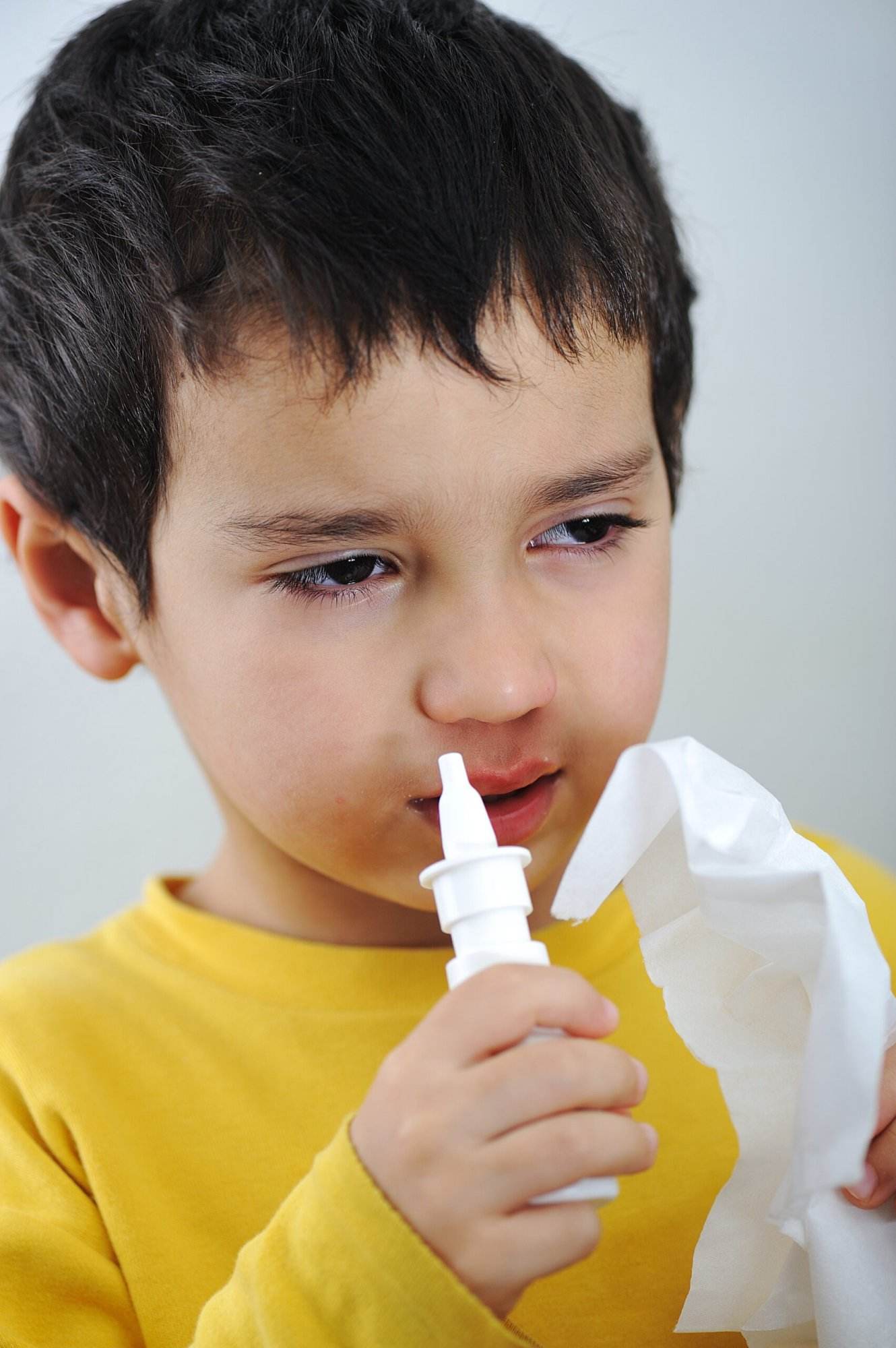Introduction to Allergen Reduction Strategies
Allergens are everywhere, and they can cause significant discomfort and health issues for people who suffer from allergies. In the workplace, it’s essential to create an environment that is safe and comfortable for everyone. One way to achieve this is by implementing allergen reduction strategies. These strategies involve identifying potential sources of allergens in the office and taking steps to reduce or eliminate them. By doing so, you can help prevent symptoms such as sneezing, runny nose, congestion, and itchy eyes.
The Importance of Specialized Cleaning in the Office
One important aspect of reducing allergens in the workplace is specialized cleaning. Regular cleaning methods may not be enough to remove allergens from surfaces and air ducts. Instead, companies should consider hiring professionals who have experience with allergen reduction strategies. They will use advanced techniques like HEPA vacuuming, which removes 99.7% of particles in the air, and wet wiping, which reduces surface contaminants.
Common Allergens Found in the Workplace
There are several common allergens found in the workplace, including dust mites, mold spores, pollen, pet dander, and insect debris. Dust mites are often found in carpets, upholstery, and fabric-covered furniture. Mold spores thrive in areas with high humidity, such as bathrooms and kitchens. Pollen can enter the building through open windows or doors, while pet dander and insect debris can accumulate on desks and other surfaces.
Implementing an Allergen Reduction Plan
To implement an effective allergen reduction plan, companies need to identify potential sources of allergens first. This involves conducting a thorough inspection of the premises, looking for signs of mold growth, water damage, and other factors that contribute to allergen buildup. Once these areas have been identified, companies can take steps to address them, such as repairing leaks, removing carpeting, and improving ventilation.

Maintaining a Healthy Environment: Ongoing Efforts and Best Practices
Even after initial efforts have been made to reduce allergens in the workplace, maintaining a healthy environment requires ongoing effort. Companies should establish best practices for keeping surfaces clean, such as regular vacuuming and dusting. Encouraging employees to keep their personal belongings off shared surfaces can also help minimize cross-contamination. Finally, providing education and resources for employees about managing allergies can help improve overall wellness and productivity.

